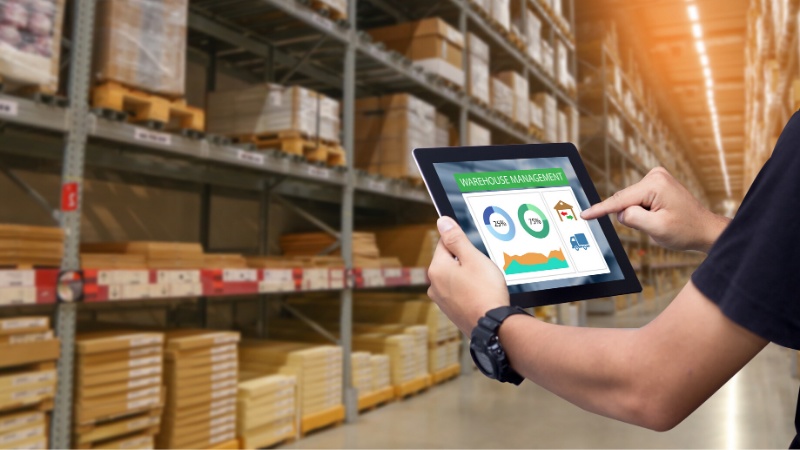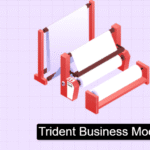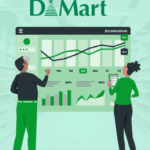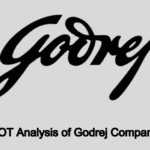
Application of IoT in Your Smart Warehouse
Fierce competition, challenging hand retention, and presto- spreadinge-commerce relentlessly boosts digital metamorphosis in logistics. Presumably, it wo n’t take a lot of time for us to see an army of cubical robots sorting, lifting, and shipping orders in every single storage.
In comparison to a many times agone, the cost for IoT-powered tools has significantly dropped, provoking advanced interest and operation of automatic storehouse results. Companies give generous backing in custom logistics software development to optimize their operations, increase profit, and stand the test of time In moment’s composition, you’ll find out about the perpetration of IoT in smart warehousing, the benefits it brings, and exemplifications of its operations bye-commerce titans.
Application of IoT in Warehousing
1. Smart Equipment
IoT outfit comprises selectors and detector bias that are bedded in the storehouse objects. Similar bias contain barcode scanners with GPS, RFID markers on parcels and pallets, detectors that track moisture and temperature, and wearable detectors Rather of collecting data manually, enterprises have it gathered through RFID markers and smart detectors, also stored in a pall, reused, and anatomized. Integrated detectors also control moisture and temperature inside the storehouse and exchanges, negativing the threat of damages and force losses.
2. Accurate Analytics
RFID markers are suitable to store significantly bigger quantities of data and transmit it much briskly compared to regular barcodes. They can be also used in aggressive surroundings and operate faultlessly despite dirt, wood, plastic, water,etc., and indeed be enforced in the body Having Nearly unlimited service life and low cost, RFID markers have come a popular result in storages – they allow tracking when goods come in or leave the storehouse in real- time, optimize bottom layout, and give access to data from distance and without connection to a database of information. The data handed by detectors help make informed opinions in force chain operation, ameliorate safety, and gain accurate prognostications about purchases, storehouse, and payload.
3. Asset Management and Automation
The Internet of Effects simplifies the maturity of homemade processes within a storehouse. It automatically verifies service shadowing and shipping information, monitors all particulars available in the storehouse and information about them, barring the possibility of mortal error and saving force directors at least 30 hours per month. Shelf detectors and means also shoot you announcements if any item is out of stock or located in the wrong place and insure you take precautionary measures in case of exigency.
The Benefits of IoT in Warehousing
1. Cost-effective Inventory and Fast Delivery
Last- time delivery is one of the most cost- consuming operations in logistics. According to estimations, it covers up to 30 of all delivery costs. The perpetration of IoT- enabled tools allows to break this challenge as well as optimize all planning and operation processes Logistic companies get a chance to cut down on a number of workers as a big share of homemade tasks to come automated and held by the machines; enhance hand training process and dock it with voice- driven guidance platforms and VR spectacles; calculate the shortest and most provident routes for delivery.
2. Improved Inventory Management
IoT- enabled detectors ameliorate force operation in colorful ways. First of all, RFID markers track every single item within the storehouse, its position, exact volume, entrance, and exit information, etc. Secondly, they collect and dissect all this data, icing easy access to it for directors, low- stock cautions, and announcements if any products are lost RFID markers also control temperature and moisture within the storehouse and shoot immediate warning cautions in case of norms violations, or indeed theft. Instant updates insure easier control of item position and transportation conditions and make sure no packages are lost during delivery.
.
3. Predictive Maintenance
One of the most grueling tasks in storehouse operation is icing the safety of force in the process of transporting and storing them in the right place. Because of the perpetration of IoT bias, these challenges can be fluently answered. The IoT- enabled device can assess and acclimate moisture situations, temperature, and atmospheric pressure this way barring the possibility of item corruption or damage. Prophetic conservation systems also can descry outfit blights at the original stages, barring time-out and reducing form charges.
Amazon
Amazon belongs to a shortlist of companies that are encyclopedically associated not only with top service but also with constant inventions. In 2012, they bought a robotic company – Kiva Systems and got the power of a new strain of robots that can carry up to 750 pounds, reading barcodes on the ground to find the direction. Moment, Amazon’s storages are home to further than 200k mobile robots that insure fast and free delivery, allow to store up to percent more force, and make workers’ jobs easier.
Alibaba
Chinesee-commerce mammoth Alibaba launched a storehouse run simply by robots in 2018. With the help of guided vehicles called Zhu Que, the company has managed to automate nearly 70 of storehouse operations. Zhu Que is equipped with ray detectors that enable it to fete objects, overlook the terrain, and collude the most effective routes The robot moves at 5 measures per second, can lift up to 600 kilos, and tone- charge for 5 twinkles to work 8 hours. According to Alibaba, Zhu Que helped to double the number of particulars sorted per shift from k to 3k, and drop the number of way taken by workers by 10 times.
Ocado
A UK- grounded online supermarket Ocado not only delivers goods from storages to guests but also produces and sells robots they use for other groceries. The robots can reuse million particulars daily and perform all homemade tasks similar as sorting, lifting, packing, and shipping. Robotization also saves a lot of space inside as goods in the Ocado storehouse are stored in piles that are 17 boxes high with the most constantly ordered products on the top and the least ordered at the bottom.
Bottom Line
The operation of IoT technology has converted the way homemade operations are held within a storehouse. Total robotization, prophetic analytics, and optimization of every single process make companies embark upon a digital trip with robots as their comrades. This does n’t mean that mortal workers are left before; vice versa they admit more accurate data and make smaller miscalculations. Similar symphony of mortal and robot cooperation enhances security and productivity in the storehouse, optimizing business requirements and operations.













Average Rating